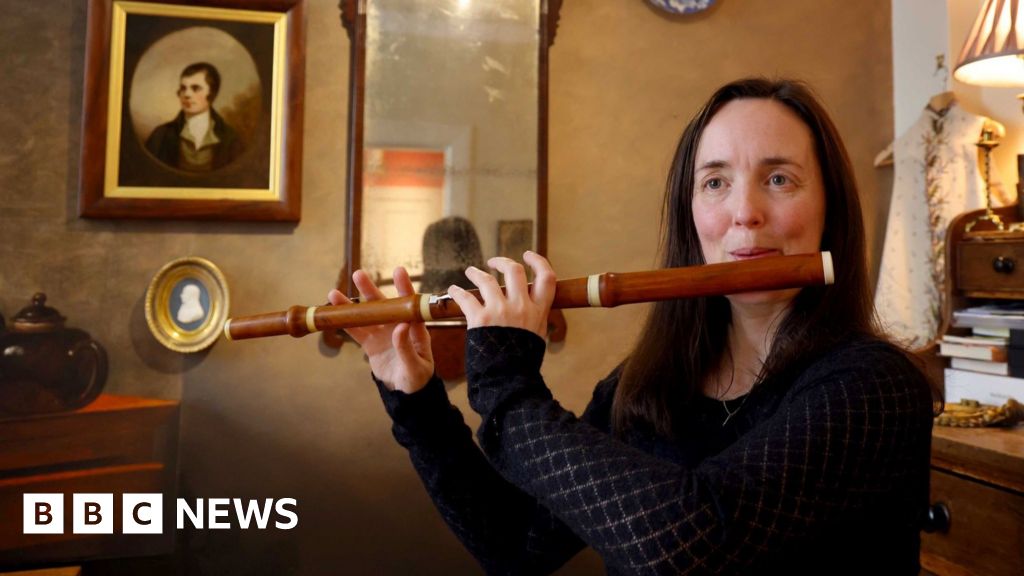Arts correspondent, BBC Scotland
It’s been on display in a family museum since the 1930s.
But this rare boxwood flute hasn’t been played in almost 200 years.
The last person to do so was likely its owner, James Glencairn Burns, son of Robert Burns, a talented musician and a passionate advocate for his father’s legacy.
But thanks to a grant from the Pilgrim Trust and the Association of Independent Museums, the flute has been restored and is helping raise money for the wider restoration of Ellisland Museum and Farm near Dumfries.
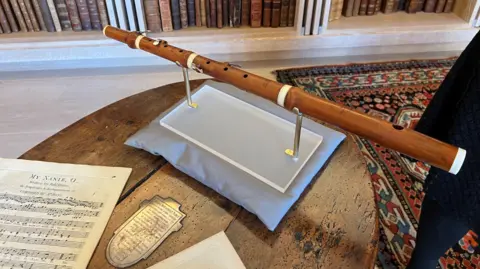
Ellisland was the home Burns built for his family, and where he composed over 130 poems and songs including Auld Lang Syne.
“It’s the only instrument that we have in our collection, ” says Joan McAlpine, director of the campaign to preserve the Ellisland site.
“It’s a boxwood flute dating from the very early 19th century and we know it belonged to his son who was an accomplished flautist and often performed his father’s songs.”
“So as part of the restoration we took a decision that we wanted it to be restored to a playable condition so that the music that Burns created at Ellisland and passed down to his son could be passed to audiences worldwide who we hope will help us save Ellisland.”
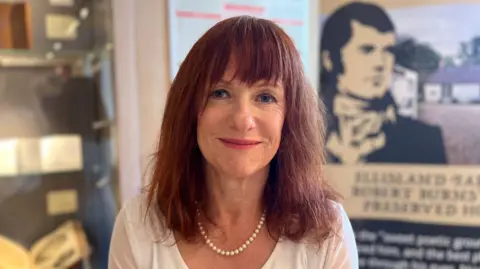
Restoration began two years ago first by Edinburgh-based conservator Lydia Messerschmidt of Phoenix Conservation, then by early flute expert Robert Biglio in london.
Adam Dickson, curator at the Robert Burns Ellisland Trust said the restoration was complicated because the flute had been stored in the living room of a family home, which had still been in use until 2019.
“The previous curator lived in the house, as well as looking after the museum. It was exposed to the peat and timber which was burned in the fire so it needed to be thoroughly cleaned up.”
Flautist Claire Mann had the task of gently reawakening the instrument by playing it for short bursts of time in the “Spence”, the room in Ellisland in which it had been stored, and where Burns composed many of his songs between 1788 and 1791.
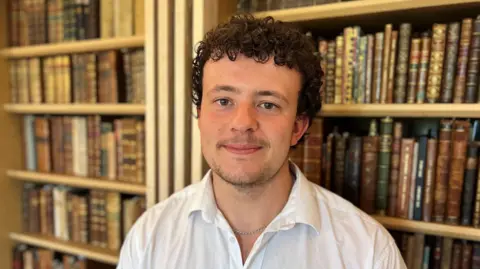
And then came the moment of truth when the flute was played for the first time in 150 years at a private performance in Edinburgh.
Along with vocalist Robyn Stapleton and harpist Wendy Stewart, she played a number of Burns works from the Ellisland songbook including Auld Lang Syne, Ye Banks and Braes, and John Anderson, My Jo, all written at the farm which Burns described as “sweet poetic ground”.
“I mean, with any old instrument you think to yourself, who played this and what kind of music did they play?” says Claire.
“So for it to be associated with Burns and his family is really special.
Maybe he played the melody of old Lang Syne on the flute so I guess to play an instrument in his footsteps is very special.”
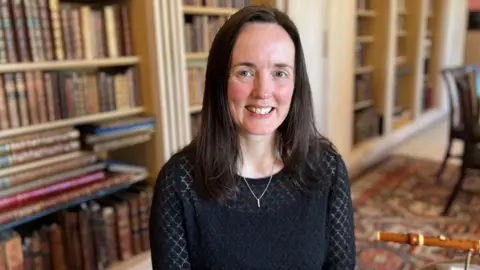
Claire is the only musician with permission to play the historic instrument and the plan is to take the flute on tour as part of a wider fundraising campaign called Saving The Home of Auld Lang Syne which will be launched later this year.
It already has support from the National Lottery Heritage Fund, South of Scotland Enterprise, Museums Galleries Scotland and the Holywood Trust and has a further seven million pounds to raise.
“When he lived at Ellisland, Burns focused especially on song, collecting and composing for the Scots Musical Museum,” says curator Adam Dickson.
“Our goal is to make Ellisland a creative hub once more while preserving the buildings, which are currently at risk.”
This is a very special artefact and to be able to hear it being played again, and playing the music that was created for it. It’s a very special moment.”
